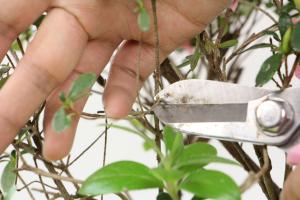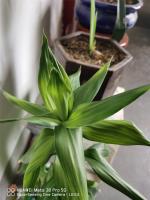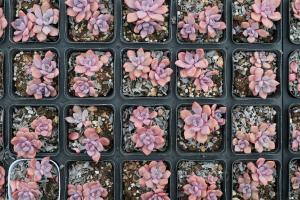Introduction
Water hyacinths are invasive aquatic plants that have the potential to cause significant ecological damage by overcrowding and outcompeting native water plants. In this article, we will explore the effects that water hyacinths have on native water plants in their environment.
Overcrowding
One of the main effects that water hyacinths have on native water plants is overcrowding. Water hyacinths grow rapidly and can cover entire bodies of water, preventing sunlight from reaching the bottom and limiting photosynthesis for other aquatic plants. This, in turn, creates an environment in which native water plants struggle to survive.
Competition for Nutrients
Another effect that water hyacinths have on native water plants is competition for nutrients. Water hyacinths consume large quantities of nutrients, including nitrogen and phosphorus, which are essential for the growth of other aquatic plants. This competition for nutrients can lead to stunted or slow growth for native water plants, which can have a cascading effect on the entire ecosystem.
Decreased Oxygen Levels
Water hyacinths also have the potential to deplete oxygen levels in their environment. As they grow and die, water hyacinths create a layer of decomposing organic matter on the water's surface. This layer can limit the diffusion of oxygen into the water, leading to decreased oxygen levels for native water plants and their associated aquatic species. Additionally, the decomposition process of water hyacinths can lead to the release of harmful gases such as methane and hydrogen sulfide, which can further negatively impact the ecosystem.
Alteration of Water Flow
Another effect that water hyacinths have on native water plants is the alteration of water flow. As water hyacinths grow and spread, they can impede natural water flows, leading to changes in the physical environment of the ecosystem. These changes can lead to sediment buildup, changes in water temperature, and altered water chemistry, all of which can impact the growth and survival of native water plants.
Conclusion
The effects of water hyacinths on native water plants are numerous and multi-faceted. Overcrowding, competition for nutrients, decreased oxygen levels, and altered water flow can all have significant ecological consequences. It is important that we continue to monitor the spread of water hyacinths and take steps to control their growth to preserve the health and well-being of our aquatic ecosystems.

 how many times do yo...
how many times do yo... how many planted tre...
how many planted tre... how many pine trees ...
how many pine trees ... how many pecan trees...
how many pecan trees... how many plants comp...
how many plants comp... how many plants can ...
how many plants can ... how many plants and ...
how many plants and ... how many pepper plan...
how many pepper plan...

































